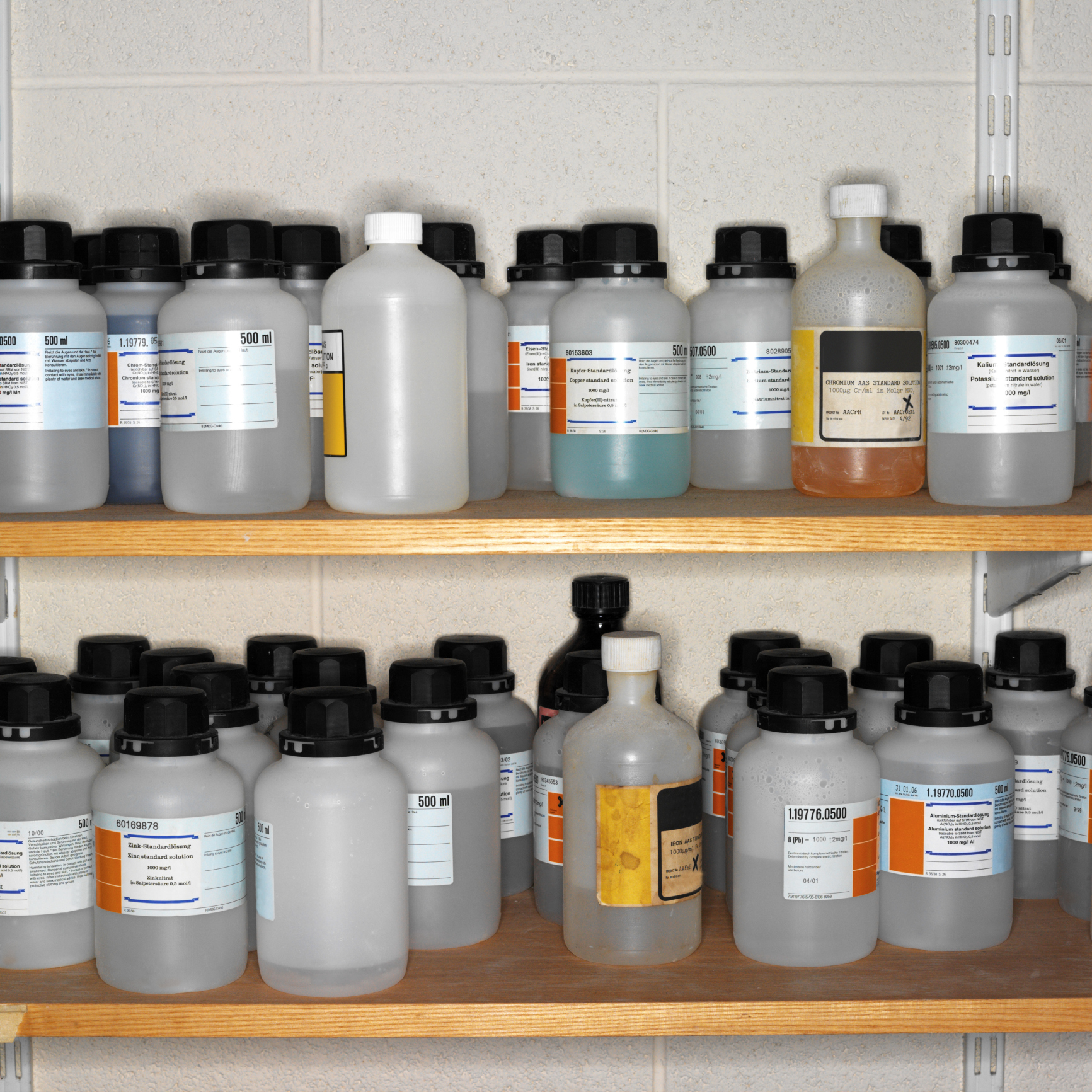Chemical exposure – how much is too much?
That is a hard questions to answer, at least if you use the Occupational Safety and Health Administration (OSHA) Permissible Exposure Limits (PELs). Since OSHA’s adoption of the majority of its PELs more than 40 years ago, new scientific data, industrial experience and developments in technology clearly indicate that in many instances these mandatory limits are not sufficiently protective of workers’ health.
 “We know that the most efficient and effective way to protect workers from hazardous chemicals is by eliminating or replacing those chemicals with safer alternatives whenever possible,” said Dr. David Michaels, assistant secretary of labor for occupational safety and health.
“We know that the most efficient and effective way to protect workers from hazardous chemicals is by eliminating or replacing those chemicals with safer alternatives whenever possible,” said Dr. David Michaels, assistant secretary of labor for occupational safety and health.
“There is no question that many of OSHA’s chemical standards are not adequately protective,” Michaels said. “I advise employers, who want to ensure that their workplaces are safe, to utilize the occupational exposure limits on annotated tables, since simply complying with OSHA’s antiquated PELs will not guarantee that workers will be safe.”
To help keep workers safe, OSHA has launched two new web resources. Both of the web pages are advisory in nature and informational in content. They do not create any new standards or any new obligations.
The first resource is a step-by-step toolkit to identify safer chemicals that can be used in place of more hazardous ones. The Transitioning to Safer Chemicals toolkit provides employers and workers with information, methods, tools, and guidance on using informed substitution in the workplace.
OSHA has also created another new web resource: the Annotated Permissible Exposure Limits, or annotated PELs tables, which will enable employers to voluntarily adopt newer, more protective workplace exposure limits.
The annotated PEL tables provide a side-by-side comparison of OSHA PELs for general industry to the California Division of Occupational Safety and Health PELs, National Institute for Occupational Safety and Health recommended exposure limits (RELs), and American Conference of Governmental Industrial Hygienist threshold limit values (TLV’s). They offer an easily accessible reference source for up-to-date workplace exposure limits, which are available at http://www.osha.gov/dsg/annotated-pels/index.html.
VMLIP offers more than just coverage. We are partners in risk management. How does your insurer stack up? Having all lines of coverage with VMLIP ensures that your organization is receiving comprehensive coverage and a wide variety of value-added services tailored to Virginia’s local governmental entities. Call for a quote today: (800) 963-6800. For more information on VMLIP visit: www.vrsa.us or follow us on Facebook.
** VMLIP blog postings are offered for VMLIP members to utilize in strengthening their risk management efforts. See copyright information for clarification on sharing this information.


